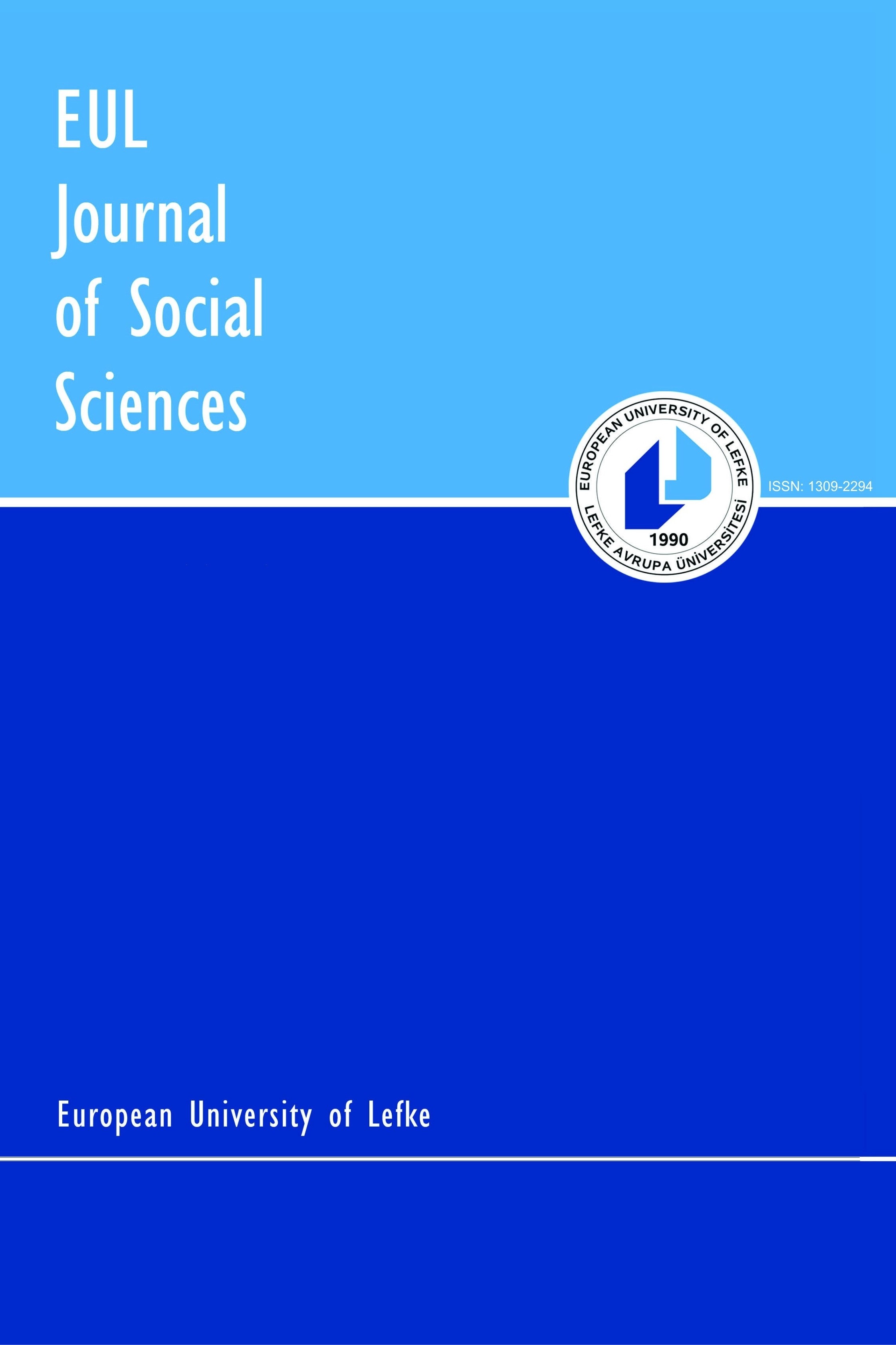RE-CULTURING OR DE-CULTURING OUR CLASSES?: THE INTEGRATION OF THE TARGET CULTURE INTO EFL CLASSROOMS
EFL, culture, culture teaching, language
RE-CULTURING OR DE-CULTURING OUR CLASSES?: THE INTEGRATION OF THE TARGET CULTURE INTO EFL CLASSROOMS
EFL, culture teaching,
___
- Adamowski, E. (1991), “What Does Teaching Culture Mean?”, TESL 90: Proceedings of the 1990 TESL. Ontario.
- Adaskou, K., Britten, D. and Fahsi B. (1990), “Design decisions on the cultural content of a secondary English course for Mororcco”,ELT Journal, 44(1): 3-10.
- Ajayi, L. (2008), “ESL theory-practice Dynamics: the difficulty of integrating sociocultural perspectives into pedagogical practices”, Foreign Language Annals, 41(4): 639-659.
- Atay, D., Kurt, G., Çamlıbel, Z., Ersin, P, & Kaslıoğlu, Ö. (2009), “The role of intercultural competence in foreign language teaching”, Inonu University Journal of the Faculty of Education, Special Issue, 10(3): 123-135.
- Bada, E. & Genç, B. (2005), “Culture in language learning and teaching”, The Reading Matrix. 5(1): 73-81.
- Bayyurt, Y. (2000), Are your students cross-culturally capable?: Teaching of culture in EFL classrooms. In D. Köksal & I. H. Erten (eds.), Conference Proceedings (pp. 27-30). First International ELT Research Conference. Çanakkale, Turkey.
- Byrnes, H. (2010), Revisiting the role of culture in the foreign language curriculum. The Modern Language Journal, 94(2): 335-336.
- Castro, P. (1999), “La dimensio´n europea en la ensen˜ anza/aprendizaje de lenguas extranjeras: la competencia intercultural”, Lenguaje y Textos, 13: 41–53.
- Castro, P., Sercu, L. & Garcia, M. C. M. (2004), Integrating language-and-culture teaching: an investigation of Spanish teachers' perceptions of the objectives of foreign language education. Intercultural Education, 15(1): 91-104.
- Council of Europe (2001), Common European Framework of Reference for langue learning, teaching, assessment, Cambridge: Cambridge University Press.
- Devrim, D. Y., & Bayyurt, Y. (2010), “Students’ understandings and preferences of the role and place of “culture” in English Language Teaching: A Focus in an EFL context”, TESOL Journal, 2: 4-24.
- Duff, P. A., & Uchida, Y. (1997), The negotiation of teachers’ sociocultural identities and practices in postsecondary EFL classrooms”, Tesol Quarterly, 31(3): 451-486.
- Giroux, H. (1992), Border crossings: cultural workers and the politics of education. New York: Routledge.
- ISSN: 1309-2294
- Yayın Aralığı: Yılda 2 Sayı
- Başlangıç: 2010
- Yayıncı: Lefke Avrupa Üniversitesi
INVESTIGATING OKUN’S LAW IN SAARC COUNTRIES: AN ARDL APPROACH
Abu HANİF, Zobayer AHMED, Savaş ÇEVİK
EDWARD SAID AND TO RECONSIDER HIS “ORIENTALISM”
COMPARISON OF IRT MODELS WITH DIFFERENT GUESSING PARAMETERS
YEŞİL BÜTÇE UYGULAMALARI VE KKTC DEĞERLENDİRMESİ
RE-CULTURING OR DE-CULTURING OUR CLASSES?: THE INTEGRATION OF THE TARGET CULTURE INTO EFL CLASSROOMS
İLETİŞİM İKLİMİ İLE YENİLİKÇİ DAVRANIŞ İLİŞKİSİNDE KÜLTÜREL SIKILIĞIN ARACILIK ROLÜ
